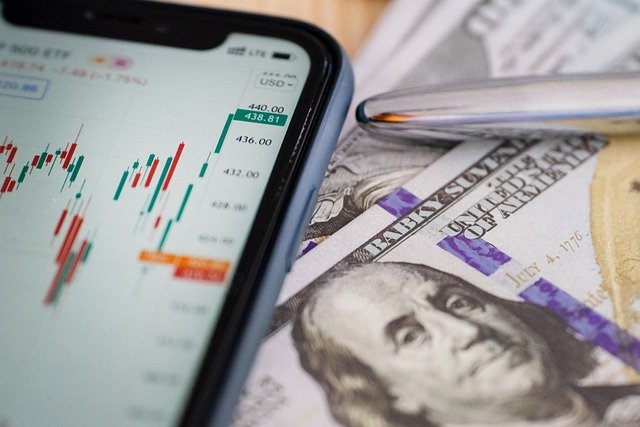June 16, 2022
- Hyperinflation has been around since the French Revolution.
- But with high inflation around the world, should we be worried about it in 2022?
- Inflation is at a 40-year-peak in the US and the UK.
- The Bank of England has warned that UK inflation may reach 10% in the next few months.
The last time that inflation levels were this high in the US and Europe, flared trousers were in, roller discos were all the rage, and no one had heard of Steve Jobs. It’s safe to say that, for many people, high inflation is something new.
Take the US. Today, inflation is a major news item as the country deals with its highest inflation reading in decades. While the rate has recorded a modest decline recently, it remains at a 40-year peak, hovering around 8.3%-8.5%. The UK is also experiencing an unwelcome 40-year record, so much so that the Bank of England has warned inflation may top 10% within a matter of months.
And experts predict tough times ahead. In its Chief Economists Outlook 2022, the World Economic Forum reports: “Overall, inflation expectations are highest for the US, followed by Europe and Latin America, with 96%, 92% and 86% of survey respondents respectively projecting inflation to run either high or very high in 2022.”
What’s going on?
While different countries have different economic climates, a number of common factors have contributed to inflation increases. Soaring energy bills are the biggest culprit, driven in part by the war in Ukraine. Then there’s the runaway rise in fuel prices, not to mention the upsurge in global food prices and increased costs of raw materials. Add in the effect of climbing interest rates on things like mortgage payments, squeezed salaries and a worldwide economy clawing its way back from a pandemic, and you have a perfect storm.
So, should we be worried about the grim prospect of hyperinflation? Let’s not get ahead of ourselves.
Hyperinflation – an explanation
Hyperinflation goes beyond inflation. In a nutshell, it is incredibly rapid inflation. If you were living in a country gripped by hyperinflation, you’d know about it. It refers to a situation where the prices of goods and services rise uncontrollably over a defined period of time. In general, the term is used when the rate of inflation increases at more than 50% a month.
Typically, hyperinflation is triggered by a very quick growth in the money supply. This could be caused by a government printing money to pay for its spending or what’s known as demand-pull inflation. The latter happens when a swell in demand exceeds supply, launching prices higher.
What does this mean? In short, when more money is funnelled into circulation, the real value of the country’s currency can plummet. Therefore, when measured in terms of the impact on people’s lives, hyperinflation can be devastating. Prices of ordinary and essential goods, such as bread, coffee and tea can rise on a daily basis.
How many times has this happened before?
If you want to find the world’s first instance of hyperinflation, it’s necessary to go back hundreds of years. Depending on which version of history you believe, it could be argued that one of the earliest examples of hyperinflation took place in the Netherlands in 1634. when “Tulipmania” took hold in the European nation.
It is more readily accepted that France endured the world’s first recorded instance of hyperinflation during the French Revolution in the late 18th century when monthly inflation topped 143%.
Nevertheless, perhaps the most well-known example of hyperinflation occurred in the 1920s when, following World War I and crippled by reparation debt, Weimar Germany saw its monthly inflation rate reach 29,500% in 1923, according to the CATO Institute.
More recently, Zimbabwe was bowed by hyperinflation, recording a staggering monthly inflation rate of about 79 billion percent in November 2008.
Remedies and solutions
So, what can be done about hyperinflation? Unsurprisingly, it’s not easy to overcome. In the past, assorted remedies have been administered: from drastic tax reforms and slashing government expenditure to the introduction of new currencies. Results have varied, as has the time taken to resolve the situation.
Looking at 2022, there’s probably no need to panic. Yes, increasing inflation can lead to pecuniary measures but hyperinflation is essentially a situation where currency is meaningless. As things currently stand, hyperinflation seems unlikely.
Source: World Economic Forum – Written by Helen Nugent, Senior Writer, Formative Content
Legal Notice: The information in this article is intended for information purposes only. It is not intended for professional information purposes specific to a person or an institution. Every institution has different requirements because of its own circumstances even though they bear a resemblance to each other. Consequently, it is your interest to consult on an expert before taking a decision based on information stated in this article and putting into practice. Neither Karen Audit nor related person or institutions are not responsible for any damages or losses that might occur in consequence of the use of the information in this article by private or formal, real or legal person and institutions.







